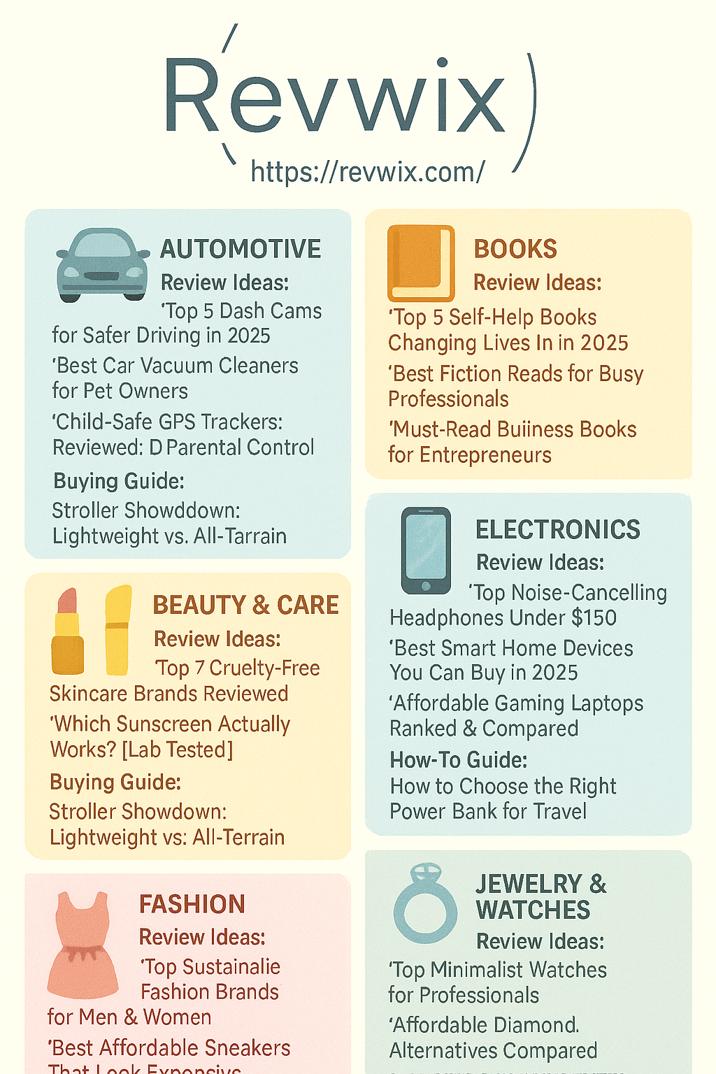Quality Assessment: Ensuring Excellence in Products and Services
الجسم

In today’s competitive market, quality is a defining factor that separates successful products and services from the rest. But how do businesses ensure their offerings meet high standards consistently? The answer lies in effective Quality Assessment — a systematic process of evaluating products, services, or processes to verify they meet specified requirements and customer expectations.
What Is Quality Assessment?
Quality assessment refers to the set of activities and procedures used to measure, monitor, and improve the quality of a product or service. It involves examining various attributes such as performance, durability, safety, usability, and compliance with industry standards.
Unlike quality control, which often focuses on detecting defects, quality assessment is broader. It evaluates overall excellence and looks for areas of improvement, aiming to prevent issues before they arise.
Why Quality Assessment Matters
- Customer Satisfaction
Delivering high-quality products and services builds trust and loyalty. Customers expect reliability and consistency. Quality assessment helps companies meet these expectations, reducing complaints and returns.
- Cost Savings
Identifying problems early through quality assessment reduces waste, rework, and costly recalls. It ensures resources are used efficiently, increasing profitability.
- Regulatory Compliance
Many industries must comply with strict regulations and standards (such as ISO, FDA, or CE certifications). Quality assessment ensures products meet legal requirements, avoiding penalties and market restrictions.
- Brand Reputation
A reputation for quality attracts and retains customers. Companies known for consistent excellence enjoy competitive advantage and can command premium prices.
Key Components of Quality Assessment
- Specification Review: Confirming that product or service specifications are clear, complete, and achievable.
- Inspection and Testing: Physically or digitally examining products against standards to detect deviations.
- Performance Measurement: Measuring how well the product functions under different conditions.
- User Feedback Analysis: Collecting and analyzing customer feedback to gauge satisfaction and uncover hidden issues.
- Process Auditing: Reviewing production or service processes to ensure best practices and identify risks.
Methods of Quality Assessment
- Statistical Process Control (SPC): Using data and statistical methods to monitor and control quality during manufacturing.
- Six Sigma: A data-driven approach aiming to reduce defects and variability.
- Benchmarking: Comparing quality metrics with industry leaders to identify improvement opportunities.
- Surveys and Questionnaires: Gathering user opinions on product or service quality.
- Third-Party Testing: Using independent labs or agencies to verify compliance and performance.
Quality Assessment in Action: A Real-World Example
Consider a smartphone manufacturer conducting quality assessments before launch. The team checks:
- Hardware durability through drop and stress tests.
- Battery performance via long-term usage simulations.
- Software stability through extensive beta testing.
- User interface friendliness with focus groups.
- Customer feedback from early adopters collected via platforms like QuickRatey.
This multi-layered assessment helps catch flaws early, refine features, and deliver a polished final product.
Challenges in Quality Assessment
- Complexity of Products: Modern products often combine hardware, software, and services, making assessment more intricate.
- Balancing Cost and Quality: High-quality standards can increase costs, so companies must find the right balance.
- Rapid Market Changes: Fast product cycles demand quicker assessment processes without sacrificing accuracy.
- Subjectivity in User Feedback: Customer opinions can vary widely, requiring careful analysis to extract actionable insights.
Best Practices for Effective Quality Assessment
- Define Clear Quality Standards: Establish measurable criteria aligned with customer needs.
- Use Multiple Assessment Tools: Combine quantitative tests with qualitative feedback.
- Involve Cross-Functional Teams: Quality is a shared responsibility across design, production, marketing, and support.
- Continuously Monitor and Improve: Quality assessment is ongoing, not a one-time event.
- Leverage Technology: Automated testing, AI analytics, and real-time monitoring can enhance precision and speed.
Final Thoughts
Quality assessment is a vital pillar of business success. It ensures that products and services not only meet technical specifications but also delight customers and build lasting trust. By adopting comprehensive quality assessment strategies, companies can reduce risks, improve efficiency, and strengthen their market position.
In an era where customers expect the best, quality assessment is not just a process—it’s a promise of excellence.











تعليقات